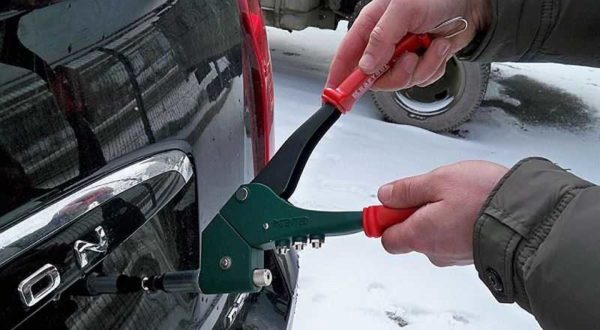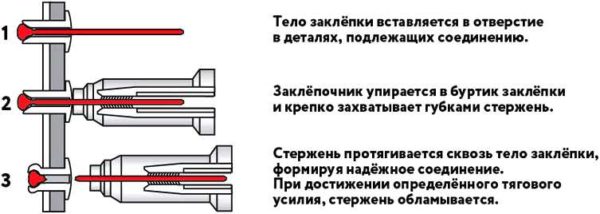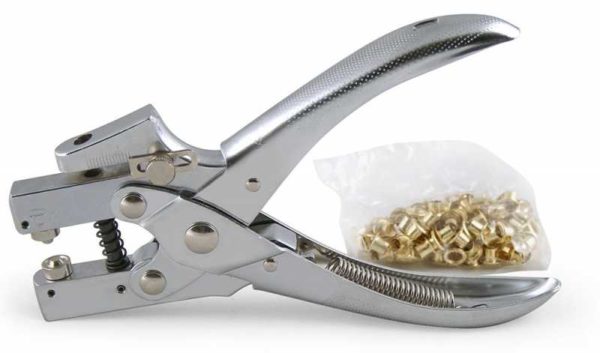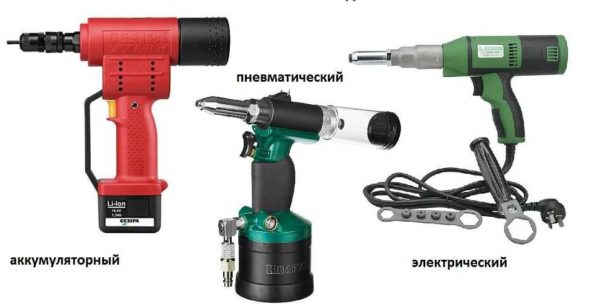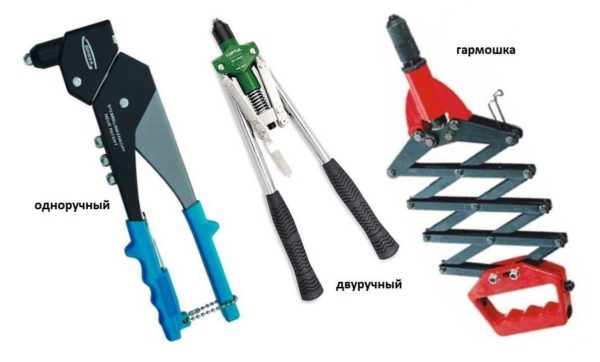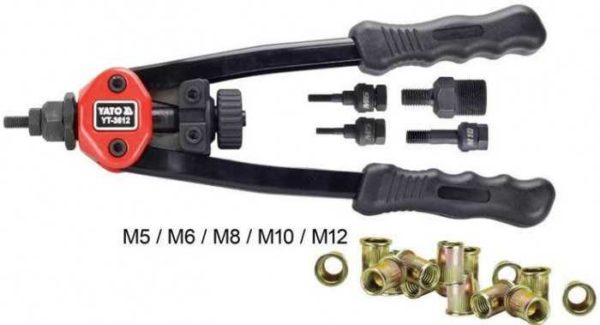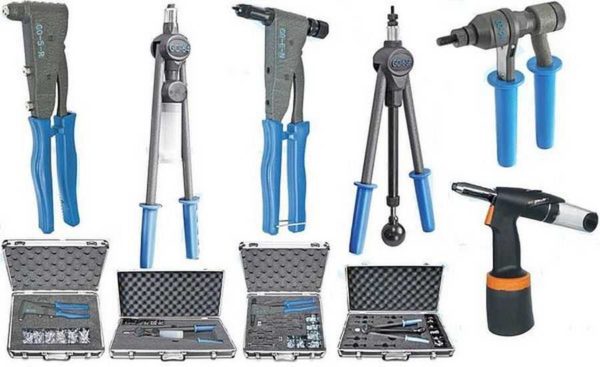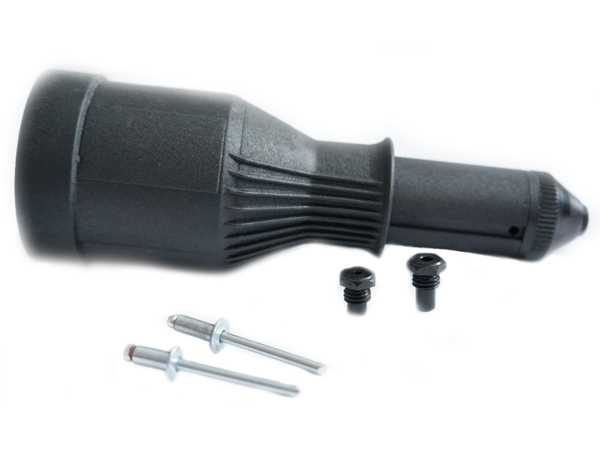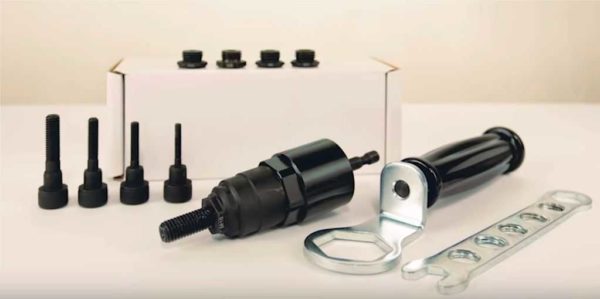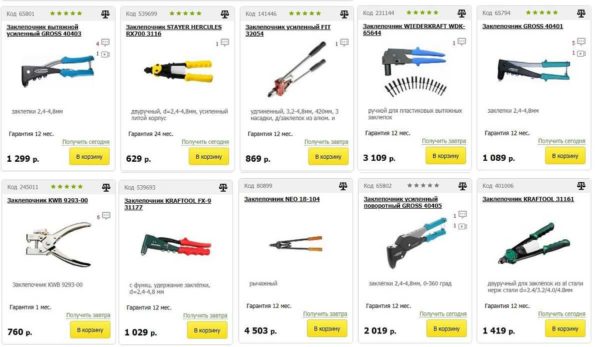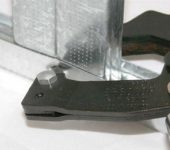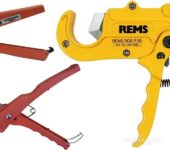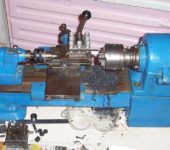Riveter selection (riveter)
Welding is a great way of joining metals, but it is not always convenient and possible. The alternative is riveting. But to install the rivets, you need to choose a riveter. Read on for how to do this.
The content of the article
What is a riveter and how does it work
Riveters or riveters are devices for setting rivets. There are special tools for different types of fasteners. There are separate for pulling, screw rivets. There are also universal models, but they belong to the group of a professional tool, respectively, they cost a lot.
To choose the right riveter, it is advisable to understand how it works. Regardless of the type of rivets with which the unit works, the principle of riveting is always the same: the device flares the second (far) part of the rivet, forming a closing head. Only the flaring method can differ:
- When installing blind rivets, the rod is grasped and pulled by the sponges. There is a ball at the end of the rod, which rests against the edge of the rivet body and crushes it. When a certain effort is reached, the rod breaks off.
- The installation of screw rivets is different. There is a thread inside the hollow body. A screw of a suitable diameter is screwed into this hardware. When tightening, it begins to tighten the rivet edge, due to which the plastic metal is expanded (see video below).
- When installing hollow rivets (piston rivets), a simple flaring with a cone-shaped nozzle takes place. Piston rivets are used in unloaded places, but more often not in a construction site, but for finishing or when joining parts made of leather, fabric, etc.
In general, the process is clear. As you can see, the only differences are that in one case it is necessary to pull the rod, in the other - to turn the screw, in the third - the conical nozzle is pressed. When choosing the type of rivets, note that the tool for extraction is inexpensive, but for screw rivets it usually costs a lot. This basically limits the use of screw rivets. Well, and the fact that they are hollow - leaking.
Choosing the type of drive
Before choosing a riveter, you need to figure out what they are. Let's start with the drive.
- Manual (power). To install the rivet, you need to squeeze the handles. Sometimes you have to make a solid effort - for hardware with a diameter of 5 mm and more. The most reliable and inexpensive. This is a justified choice if the tool is bought for a one-time use - to mount the roofing material, put up a fence, sew up the slopes.
- Electrical. Almost no effort - hold the tool and pull the trigger. More expensive, but also more productive models.
- From the network. Not too expensive, so you can buy for home use as well. But not every construction site has a source of electricity, and cords / extension cords are a hassle.
- Rechargeable. With the same performance, they are more mobile, but weigh more (the battery itself also has weight), and they are more expensive.
- Pneumatic and pneumohydraulic. The most reliable and productive tool. But it is only worth buying for professional use. After all, you also need a compressor.
Video review of the MILWAUKEE 2550-20 M12 RIVET TOOL cordless riveter.
For domestic use, buy hand riveters. But this “simple” tool is not easy to choose. First of all, the range of prices is surprising - from $ 5 to several hundred dollars. How to navigate here? We must say right away that it is definitely not worth taking too expensive for a single use, as well as too cheap. The rest must be understood.
Types of manual (mechanical) riveters
There are three types of manual rivet setters:
- one-handed;
- two-handed;
- harmonic.
One-handed are designed for small fasteners - up to 5 mm. They differ in that their operating handles are at an angle of 90 ° to the installation axis. That is, the handles are pointing down. Convenient because you can work with one hand. The disadvantage is the small "range" of sizes with which the device can work.
Two-handed ones are large in size, they can also be installed with large diameter rivets - up to 8 mm. You can distinguish by their appearance - long handles that are in the same plane with the working jaws. It makes sense to choose a two-handed riveter if you plan to use large diameter rivets.
Mechanical accordion riveters are more often used with larger fasteners. The presence of the same "accordion" allows you to install large-sized fasteners with less effort. Such a device usually has a more expensive tool, it is more often used by professionals.
Choosing the type of manual riveter is not too difficult. If you want a reliable clipper, choose from two-handed models. Their device is simpler, there is almost nothing to break there. With normal quality they are indestructible. If you will only install small fasteners - no more than 2-3 mm, then it is more expedient to take a one-handed one. It is more convenient for them to work.
Selection Criteria for Manual Rivet Sets
So, if you need to choose a manual type riveter, pay attention to the following parameters:
- The type of fasteners with which the unit works (screw, exhaust, piston (eyelets), station wagon - which puts all types of rivets).
- Maximum and minimum size of rivets.
- Number of rivet attachments.
- The material of the fastener with which the tool works (steel, aluminum, or only copper and brass).
- What the instrument is made of. Better - stainless steel or aluminum alloys.
What else should you pay attention to - the handles. Rubber pads on them should be made of good rubber. The handles themselves should be comfortable for you, so you can work faster and longer. Also, pay attention to the possibility of fixing the handles when not in use - there is a special wire loop that holds the handles together. It is convenient and important for storage.
Blind rivet selection
Most often, you have to work with pull (pull) rivets. They are convenient and inexpensive. The tool to install them doesn't cost too much. In addition to the parameters listed above, in order to choose a riveter for pulling rivets, you also need to pay attention to some special characteristics and options.
- Number of clamping jaws (petals) in the collet... The tool grips the rod and pulls it to form a closure head. So, there can be two or three petals. Two-lobed ones are cheaper, but when gripping, the rod can twist and get stuck. We have to disassemble and assemble it again. Inconvenient, and time is running out.
- The presence of a ratchet... When working with strong rivets (steel), it is important to correctly calculate the force. The ratchet helps with this.
- Container for collecting broken rods... In the process of operation, the excess rod breaks off. If there is no container, they often end up underfoot, then they have to be collected. The presence of capacity solves the problem, and almost does not affect the price.
Now you know how to choose a blind rivet riveter. Having picked up several models that suit you according to their characteristics, examine them and hold them in your hands. If possible, try a couple of times at work. This will make it easier to understand which tool is more convenient for you to work and it will be easier to make a choice.
Drill / screwdriver attachment and selection features
With a large front of work using manual riveters, hands get very tired. Of course, there are rechargeable batteries, but the price for them is not at all happy. And if you also use it only occasionally, buying a power tool is impractical. In this case, you can compromise - buy a drill bit or screwdriver for installing rivets.
This is a small adapter (nozzle) that fits into the chuck. They are available for screw and blind rivets. If desired, you can find other types of fasteners.
The principle of operation of a drill with a rivet attachment is no different - the tool still pulls on the pin, then breaks it off. Here are just broken off "tails" you have to get it yourself, switching the drill to reverse. In the case of using screw rivets, reverse is also required - to remove the nozzle from the installed fasteners.
The choice of rivet bits for a drill is similar: by type, size and material of the bits. Well, and the shank must fit the chuck of the power tool. Also note the presence of a handle. This is not a critical parameter, but it improves usability. A drill with a screwed on attachment is heavy and unstable. Therefore, when working, be sure to hold the nozzle with your hand, fixing its position. In order not to hold onto the nozzle, put on a handle. In this version, it is more convenient to use the unit, it turns out to more accurately control the position.
How to choose a riveter: manufacturers and prices
When choosing a specific model, many rely on prices. Here are just a very large spread - there are very cheap and, almost one to one in appearance, but many times more expensive. Even ten times more expensive. It should be said right away that even for one-time work, buying a very cheap riveter is too much of a risk. It may not work at all or work through a stump deck.
If you only want to rivet a fence, for example, even in this case, you will have to install more than one hundred rivets. If you have to disassemble the tool after every 2-3 rivets, you will definitely not like it. To pick a riveter that works well, look at the mid-range price range.
- Stanley MR 99. Stanley is the oldest American company.
- NOBUS. An inexpensive tool that works reliably.
- Gesipa. A well-known company, but not everyone praises it. There are definitely cheaper ones that work, at least not worse.
- YATO handles steel rivets better than Chinese rivets with aluminum ones.
- NWS is a German company. The quality of the tool is excellent.
- Topex. In some models I liked the ability to rearrange the "nose" 90 degrees. Convenient if you have to work in hard-to-reach places.
- KRAFTOOL. The whole tool is good, and so are the riveters.
If you intend to use a riveter in professional activities, you need to choose more expensive. Firm - at its discretion, but from the category of professional or semi-professional models. Perhaps they do not differ structurally, but they have a longer resource, service life. That is, they are made more reliably and of high quality. And this explains the difference in price - more expensive / high quality materials were used.

